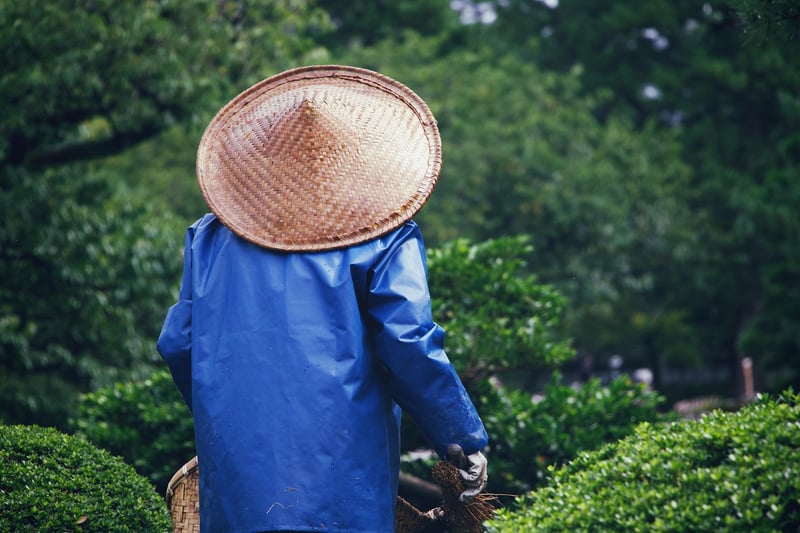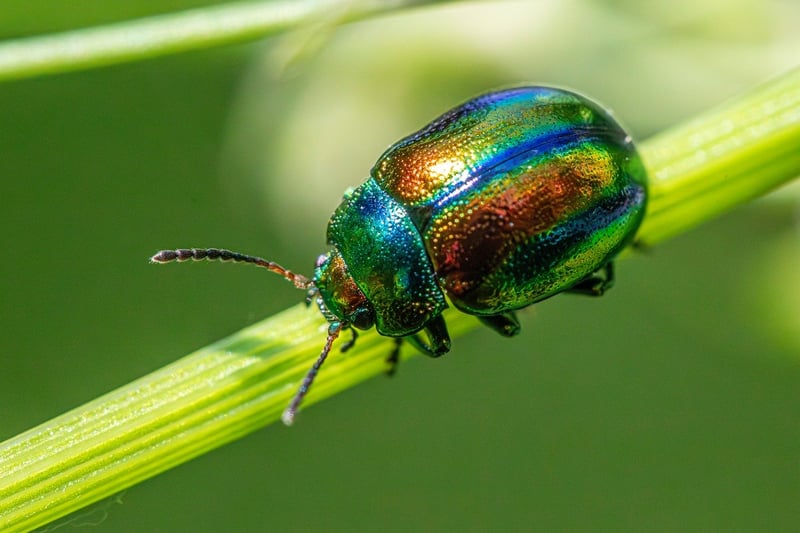Pest control methods
Keep Your Garden Thriving: Pest Control Methods
Welcome to our guide on keeping your garden healthy and thriving by effectively managing pests. Whether you're a seasoned gardener or just starting out, dealing with pests is a common challenge that can impact the success of your plants. By incorporating these pest control methods into your gardening routine, you can enjoy a flourishing garden all year round.
1. Identify Common Garden Pests
Before you can effectively control pests in your garden, it's essential to know what you're dealing with. Common garden pests include aphids, snails, slugs, caterpillars, and whiteflies. By recognizing the signs of pest damage, such as holes in leaves or yellowing foliage, you can take action promptly.
2. Natural Pest Control Methods
Opt for environmentally-friendly pest control methods to protect beneficial insects and pollinators in your garden. Some natural solutions include:
- Handpicking: Remove pests like caterpillars and beetles by hand.
- Neem Oil: A natural insecticide that repels and kills common garden pests.
- Companion Planting: Planting pest-repelling herbs like basil and marigolds alongside your crops.
- Beneficial Insects: Introduce ladybugs or lacewings to prey on harmful pests.
3. Organic Pest Control Products
If natural methods alone are not sufficient, consider using organic pest control products that are safe for your plants and the environment. Look for products containing ingredients like sulfur, pyrethrin, or diatomaceous earth for effective pest management.
4. Maintaining Garden Hygiene
Prevent pest infestations by practicing good garden hygiene. Keep your garden clean by removing debris, fallen leaves, and weeds regularly. Properly dispose of any infected plants to prevent the spread of diseases.
5. Crop Rotation
Rotate your crops each season to disrupt the life cycles of pests and reduce the likelihood of reinfestation. Planting different crops in the same area can help maintain soil health and minimize pest pressure.
6. Monitoring and Early Intervention
Regularly inspect your plants for signs of pest damage and intervene early to prevent widespread infestations. Prompt action can help save your plants from significant damage and ensure a bountiful harvest.
Conclusion
By combining natural pest control methods, organic products, and good gardening practices, you can create a pest-resistant garden that thrives throughout the seasons. Remember to stay vigilant, monitor your plants regularly, and take proactive steps to protect your garden from harmful pests.
Happy gardening!

For more information on pest control and gardening tips, visit www.gardeners.com.
